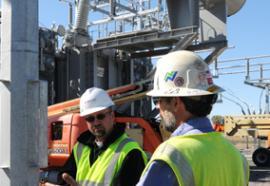Reconsidering Waste-to-Energy
Technology and regulation changes the outlook for garbage burners.
Notwithstanding some past difficulties, trash-fired power plants represent an increasingly attractive opportunity for future clean generation investment. Waste fuel offers a green source of baseload power that’s competitive with fossil fuels. The technology is proven and mature, and it enjoys public policy support. Additionally, waste fuel will help utilities meet diversity goals and environmental mandates.








